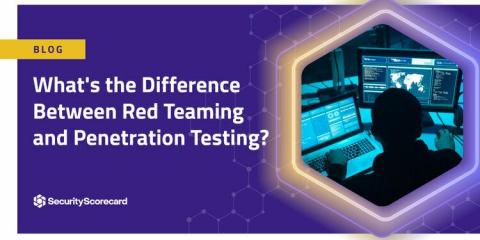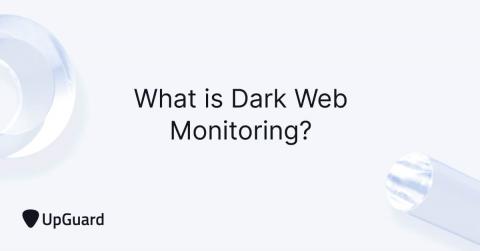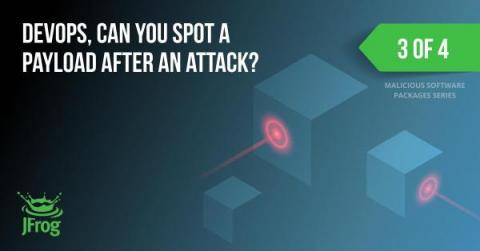How CrowdStrike Detects Cloud Storage Misconfigurations to Protect Valuable Data
Cloud storage misconfigurations continue to become more prevalent and problematic for organizations as they expand their cloud infrastructure, driving the importance of technologies such as cloud security posture management (CSPM) as crucial tools for protectors everywhere. Consider the recently reported public exposure of data associated with some Microsoft customers and prospects.









